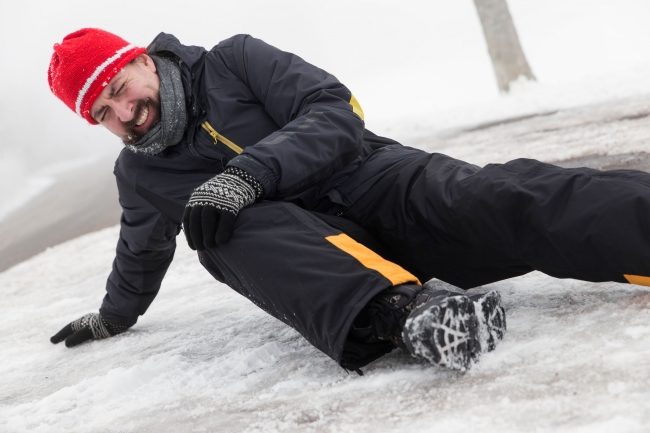Who doesn’t dream of cozy winters, enjoying the warmth of your house, and sipping a cup of steaming hot coffee? Especially for the people living in northern parts of the country, the weather is quite challenging when the temperature drops down to single digits. In such times, the risk of encountering winter injuries increases unless you are well prepared to tackle the freezing chills & biting temperatures.
Five Most Common Winter Injuries
Staying healthy and fit in such conditions can be a challenge! So follow these tips that can help you avoid the most common winter injuries and their consequences:
1. Slip and Fall Injury
Winter activities are quite risky, especially if you are not trained enough. Accidentally slipping or falling on a hard icy surface can cause a sprain, muscle strain, bruises, fracture, or even concussions (Head injury). Also, avoid walking or running on snow-covered roads, cover yourself with warm clothes, wear sturdy shoes or boots, and take the support of trails (if possible).
2. Safe Shoveling
Cleaning off the car, rooftops, or clearing the paths takes a lot of strength and places stress on the body. Most commonly, shoveling can lead to neck and back injuries, which is why stretching and warming up is necessary before performing any such activity. Do not shovel snow for long durations. Take breaks in between and cover yourself with appropriate clothes & shoes. Learn the art of shoveling from an expert instead of lifting the snow onto the shovel and pushing it away.
3. Frostbite
Did you know that frostbite can cause permanent damage to the body? Some of the common signs of frostbite that include severely cold skin, discoloration, numbness, and clumsiness. Also, the body parts that are most at risk include hands, feet, ears, and the nose’s tip. So while going outside, make sure to cover yourself with warm socks, gloves, hats, and coats to prevent damage due to frostbite. In the case of frostbite, try out first aid options such as pain control and wound care.
4. Driving & Collisions
Due to foggy nights, the chances of car or motor vehicle crash increases in winters. Your negligence can put yours and others’ lives at risk. Make sure your vehicle is well-equipped with necessary gadgets, a first-aid box, and winter wiper blades. Maintaining the speed limit, paying close attention to the road, and following a safer distance can save you from mishaps.
5. Concussions.
One of the common head injuries that is on the rise during winters is concussions. There is no specific reason for the condition; it can happen due to multiple activities, accidents, or traumatic events. If you fall or hit your head on the ice/ hard surface, do not take any chances and seek a doctor’s attention. It may not be easy to identify the early symptoms of concussion. This is why medical investigations carried out by neurologists can help treat the concussions.
What to do if you suffer a Winter Injury?
It is important to recognize the severity. Most of the time, you can treat muscle injuries with the help of pain medications, application of ice or heating pads, and sufficient rest. If anyone experiences fracture or head injury, do not delay seeking medical help. . The best way to avoid winter injuries is to be aware of the potential risks associated with the season.
Final Thought
While you can’t avoid going outdoors in winters, taking timely precautions can prevent you from unnecessary injuries. If you experience any winter injury, consult your doctor immediately, and seek treatment from the best Orthopedic hospital.



Recent Comments